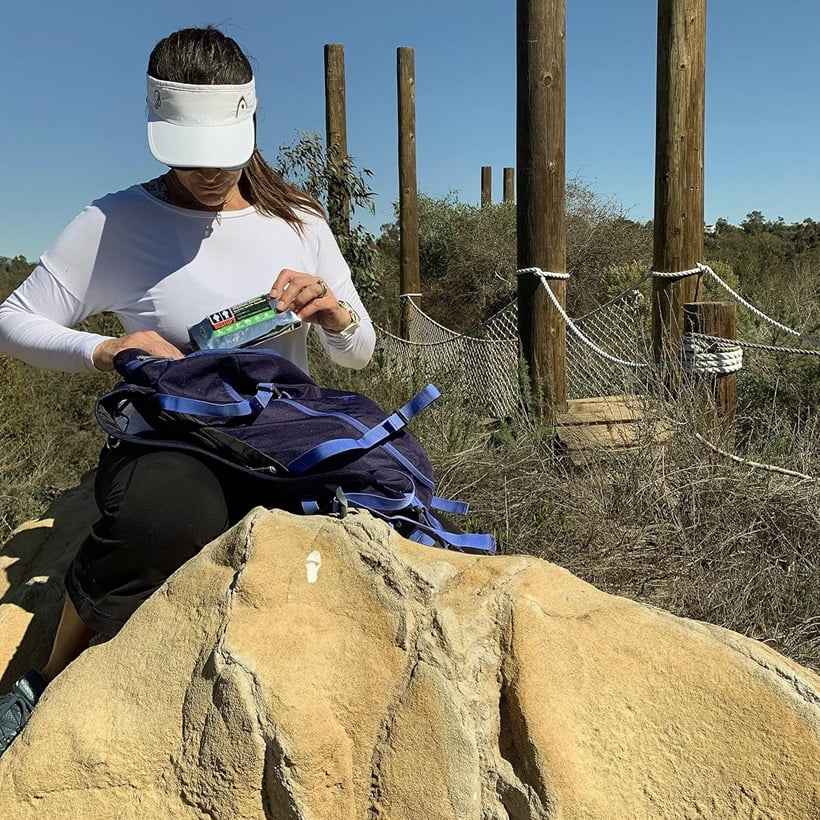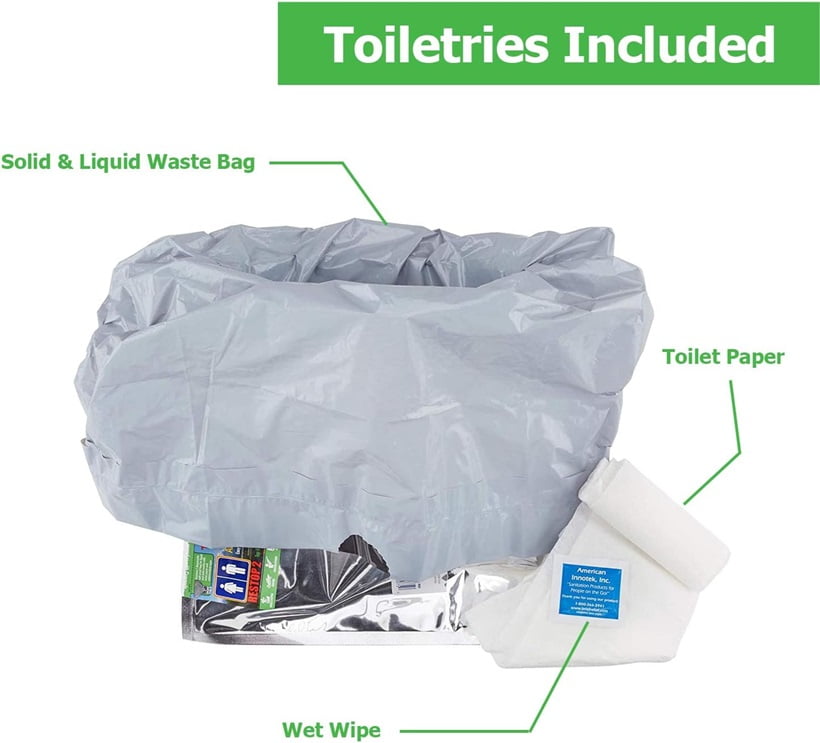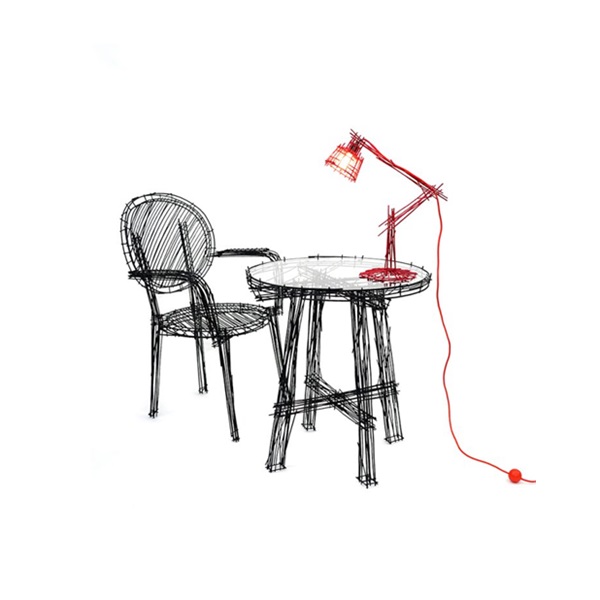
Backpacking, hiking, or camping adventures bring you closer to nature. In addition, these trips offer breathtaking views and a sense of freedom that is hard to match in modern life. However, besides the beauty of the great outdoors, certain everyday tasks, such as taking care of bedroom needs, can become a bit challenging. If you wonder how to poop while backpacking or camping, we will walk you through the best practices for handling this basic need.
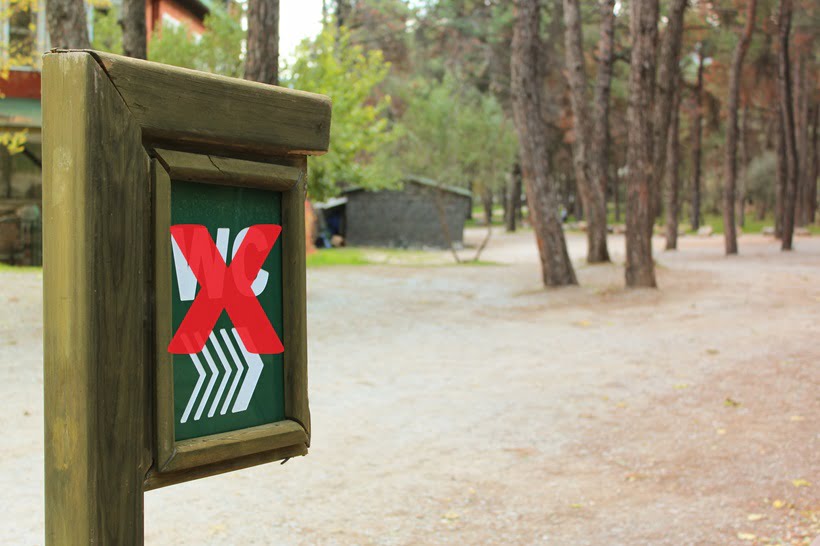
Use Waste Alleviation and Gelling Bags (WAG)
Pooping while backpacking can be challenging. Therefore, you need to be cautious for your trip. Sometimes, you may not be able to find a proper place to dig your poop. But carrying a WAG bag is a practical and eco-friendly solution for managing your waste while backpacking.
These specially designed bags allow you to poop with minimal impact on the environment. In addition, you do not need to find places to dig the ground. Because sometimes rocky mountains do not allow you to dig a cathole. On the other hand, WAG bags are easy to use, contain everything you need, and are completely sanitary.
WAG bags for pooping while camping come with a gelling agent that neutralizes odor and solidifies waste. That is why these bags are safe and simple.
Why Do You Need a WAG Bag in Nature?
We, as humans, are all responsible. We are responsible for waste management to maintain the natural beauty and ecological balance of the environment. A WAG bag or similar waste bag is not just a convenient tool. It is a necessity for anyone who cares about preserving the great outdoors.
Whether you are hiking through a remote mountain range or setting up camp in a delicate ecosystem, these bags offer a simple and effective way to handle your waste without leaving a trace.
Some of the reasons why you should use a WAG bag for pooping while backpacking are:
- Using a WAG bag helps you follow the “Leave No Trace” principles by preventing contamination of water sources and protecting wildlife from harmful human waste.
- WAG bags are designed to minimize your impact on the environment. The aim of these bags is to ensure that your outdoor experience does not harm natural habitats.
- These bags provide a sanitary way to manage waste without the need for digging catholes or finding secluded spots.
- In many protected areas and national parks, proper waste disposal is required by law. WAG bags ensure you’re in compliance with regulations.
- WAG bags are compact and easy to carry. This is a hassle-free addition to your backpacking gear without adding significant weight or bulk.
- The gelling agent in WAG bags neutralizes odors, so you don’t have to worry about unpleasant smells while carrying your waste until you can dispose of it properly.
- WAG bags can be used in various environments, from high-altitude treks to low-lying wetland hikes. So, these bags are a versatile solution for any outdoor adventure.
Dig a Cathole
If you prefer a more traditional method of handling waste while backpacking, digging a cathole is a reliable option. But you need to check the regulations, of course. When nature calls, choosing the right spot to dig your cathole is crucial, and one of the most important factors is ensuring the ground isn’t rocky. Because rocky soil can make it difficult to dig a proper hole and may prevent waste from decomposing effectively.
It is also essential to know how to properly bury poop while camping. Finding a soft, soil-rich area allows you to dig a hole that is at least 6 to 8 inches deep and 4 to 6 inches wide. This depth ensures that your waste is buried far enough to prevent animals from digging it up and to facilitate natural decomposition. By avoiding rocky terrain, you make the digging process easier and more efficient, while also ensuring that your waste won’t just sit on the surface where it can cause contamination.
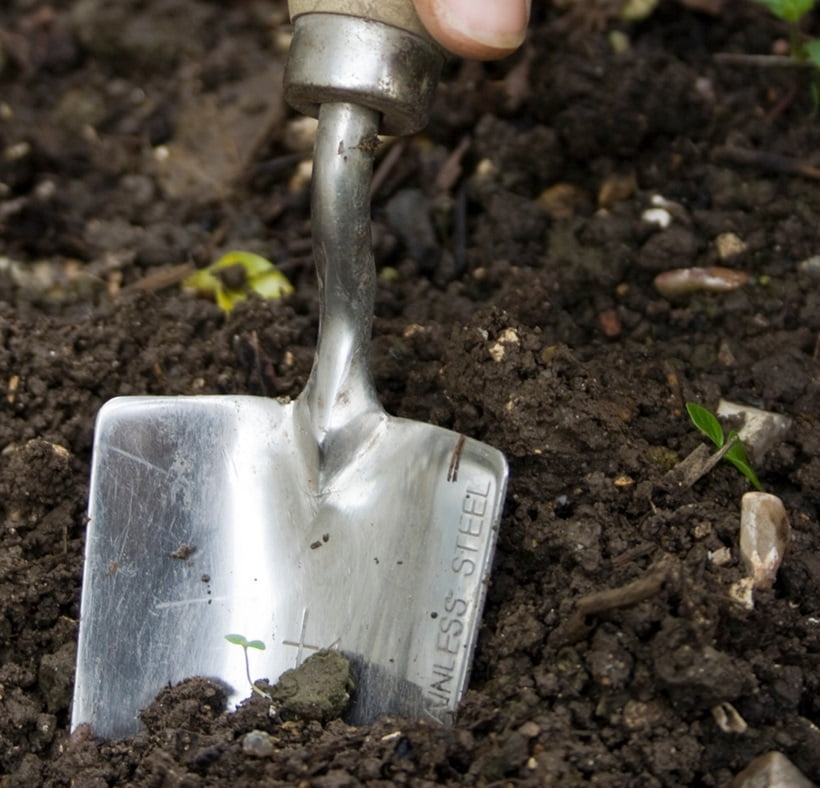
After use, make sure to cover the cathole with the original soil and disguise it with natural materials like leaves or branches. This practice not only helps maintain the aesthetics of the trail but also supports the ecological balance of the area.
Use Traditional Outdoor Toilets
If you are lucky, you can find traditional outdoor toilets for pooping while backpacking. It will be a welcome relief for you. Many popular hiking trails and camping areas are equipped with these simple facilities to help manage human waste in a more controlled manner. If you come across a backcountry privy during your backpacking trip, it’s a good idea to take advantage of it for several reasons.

Backcountry privies are specifically designed to contain waste in a way that minimizes environmental impact. If you wonder where to find these toilets and how to poop while backpacking, we can give a quick answer. They are often strategically placed in areas where human traffic is high. Moreover, backcountry privies provide a more comfortable and familiar experience compared to other outdoor options like catholes. They usually come equipped with seating and a defined space.
What to Bring Along to Poop While Backpacking
When heading out on a backpacking trip, it is important to pack the right toiletry products to ensure both your personal hygiene and protection of the environment. You need to know how to dispose of poop while camping. Both your hygiene and environment are equally important.
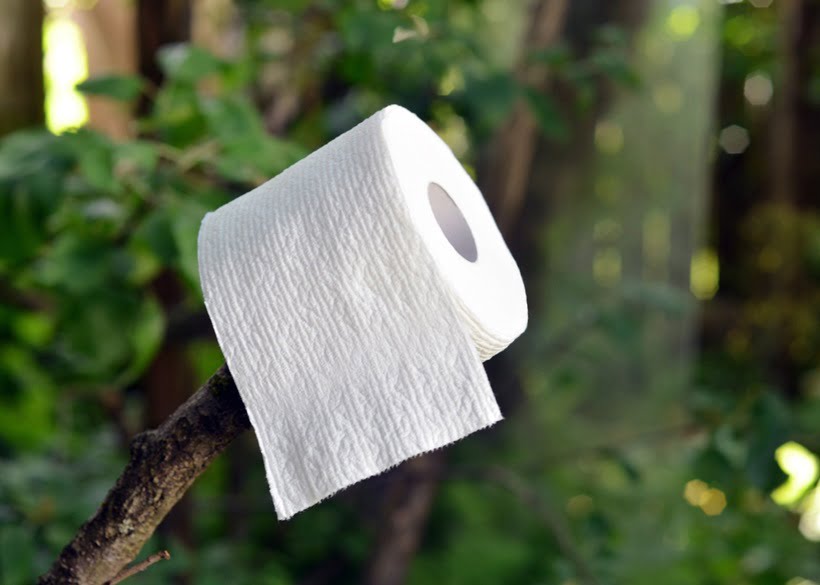
Here is how to poop while backpacking and toiletry items you should bring along:
- WAG bags or similar waste bags
- Trowel to dig a cathole
- Biodegradable toilet paper
- Hand sanitizer to keep your hands clean
- Biodegradable wet wipes
- Ziplock bags to pack out toilet paper, wipes, or other trash
- Pee rag for women
- Disposable gloves to handle waste
- Scented trash bags to store used WAG bags in case you cannot dispose of them
By packing these items, you will be prepared to manage your pooping while backpacking needs. Taking the time to consider your hygiene in the wild ensures that you stay comfortable and helps protect the pristine nature you’ve come to enjoy.


